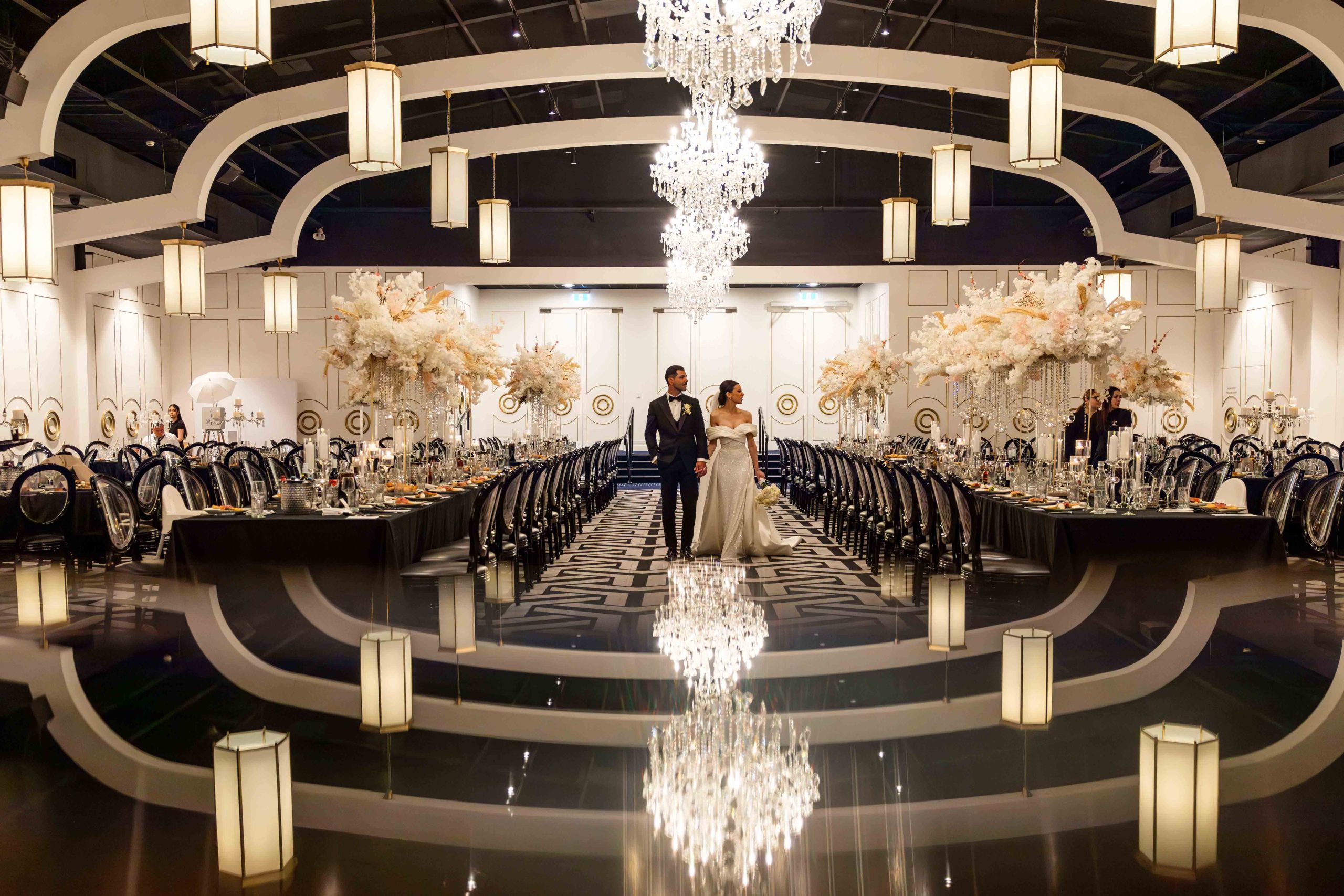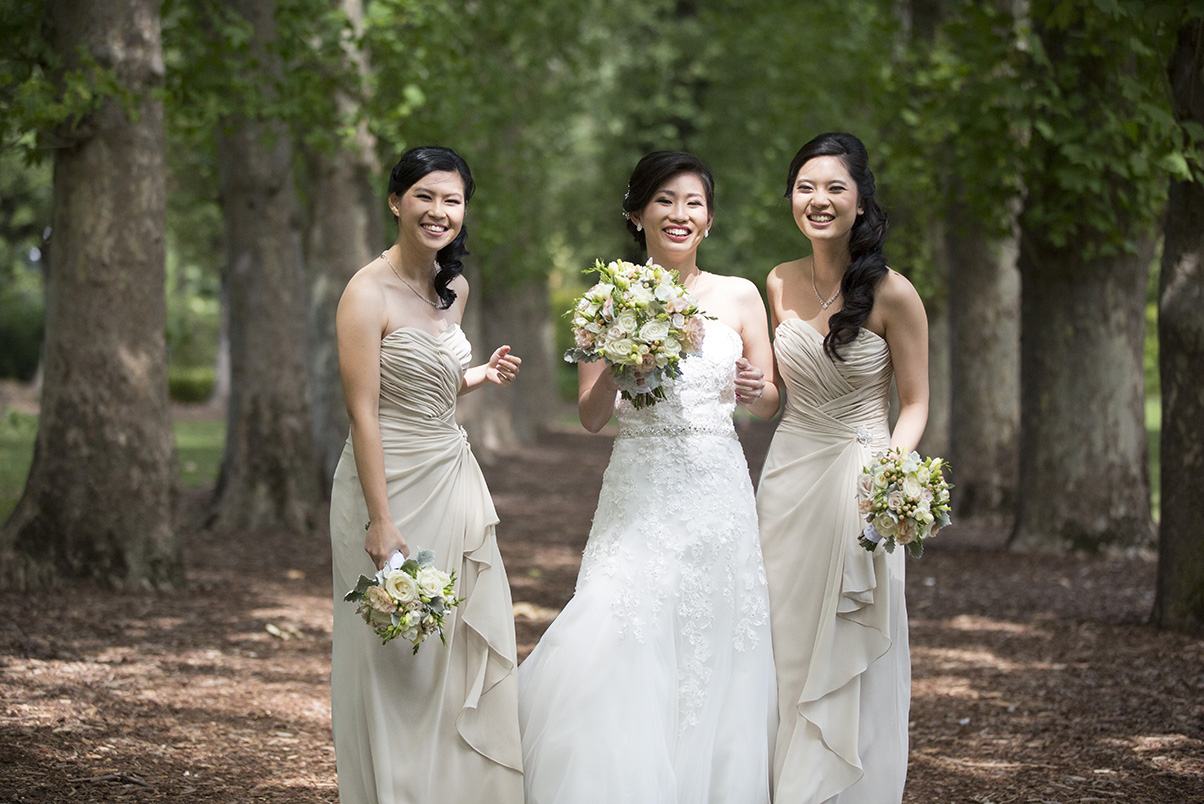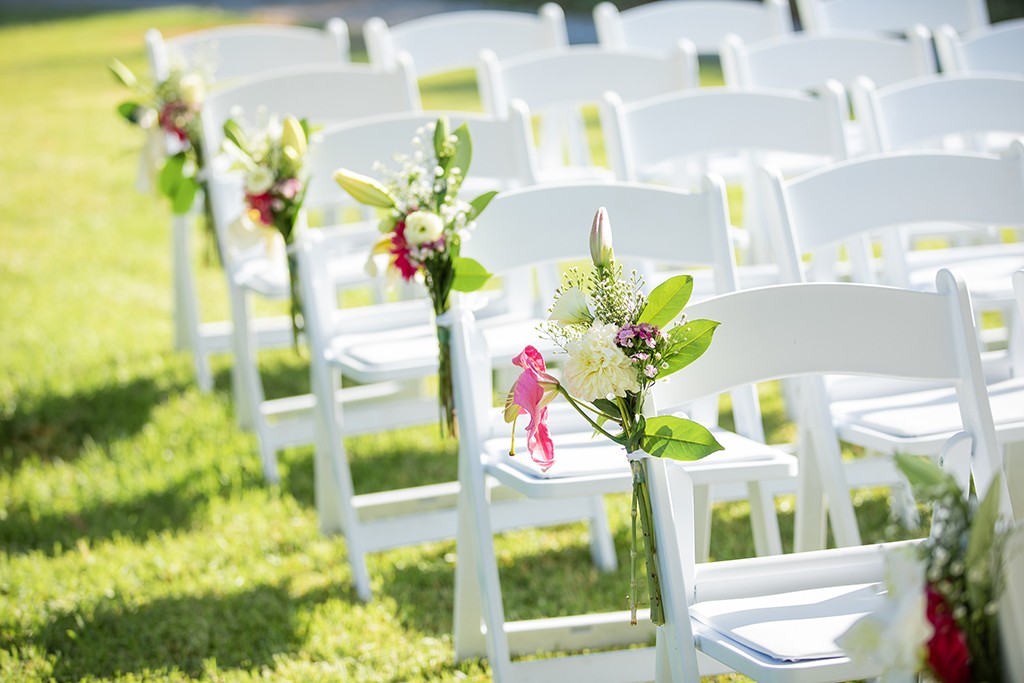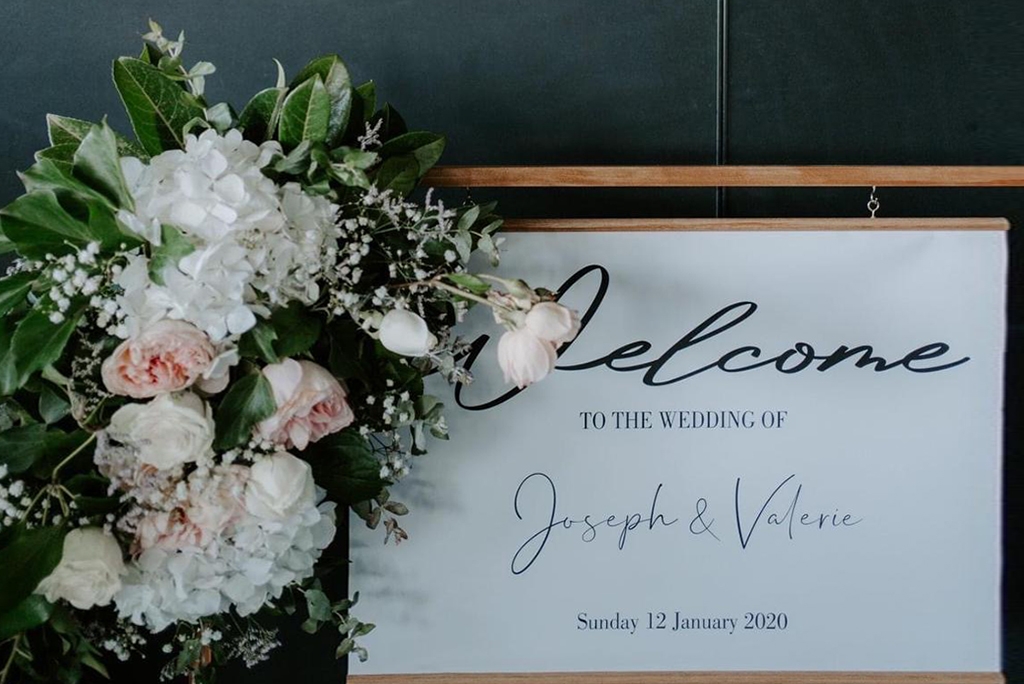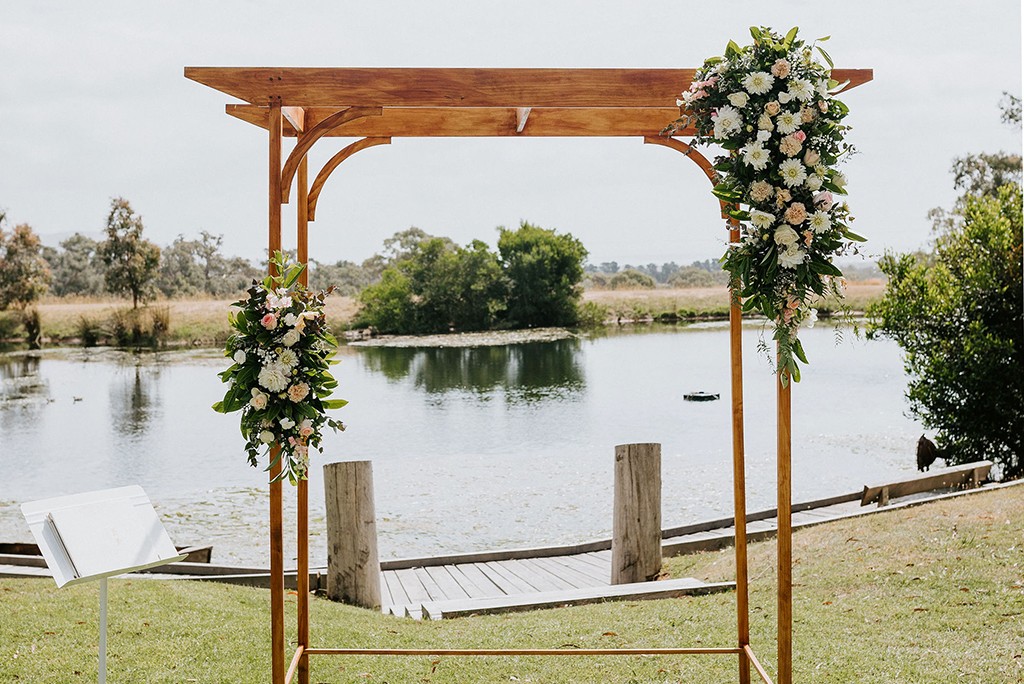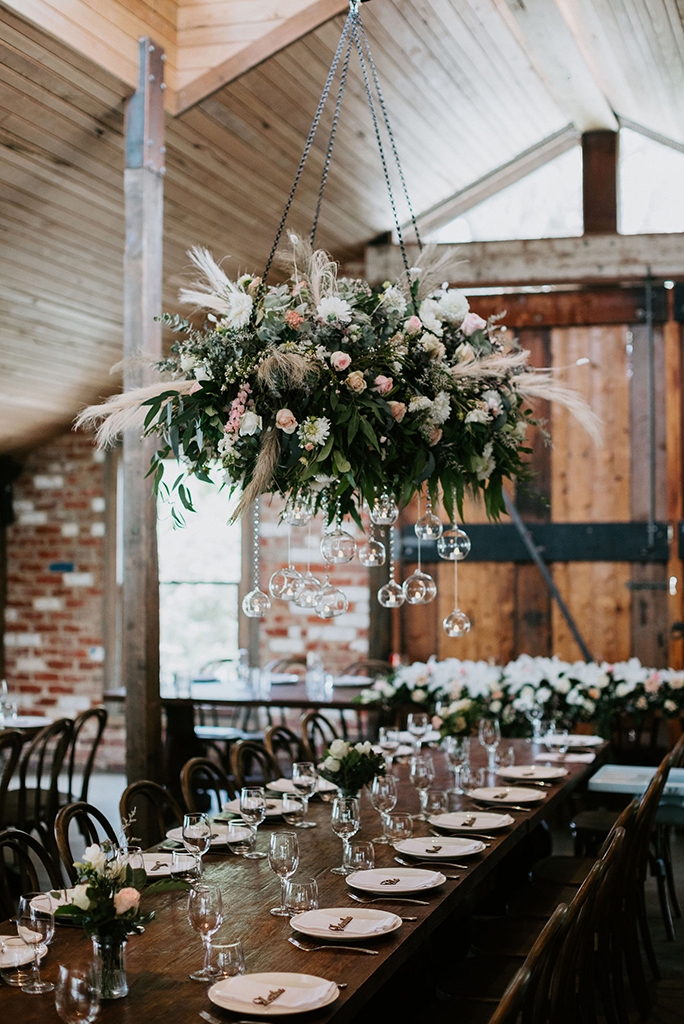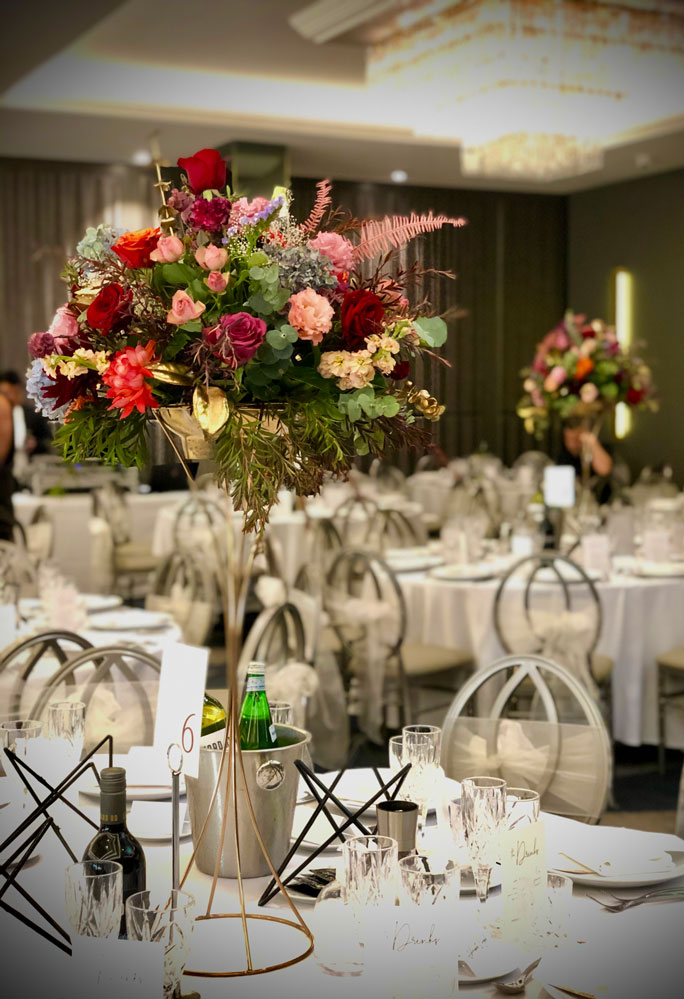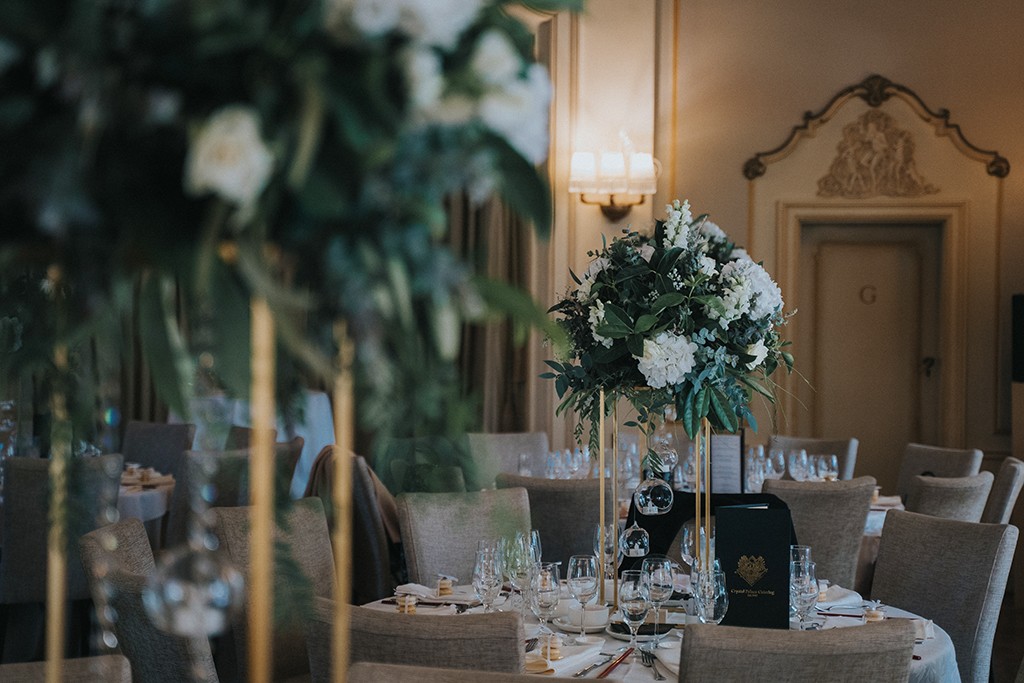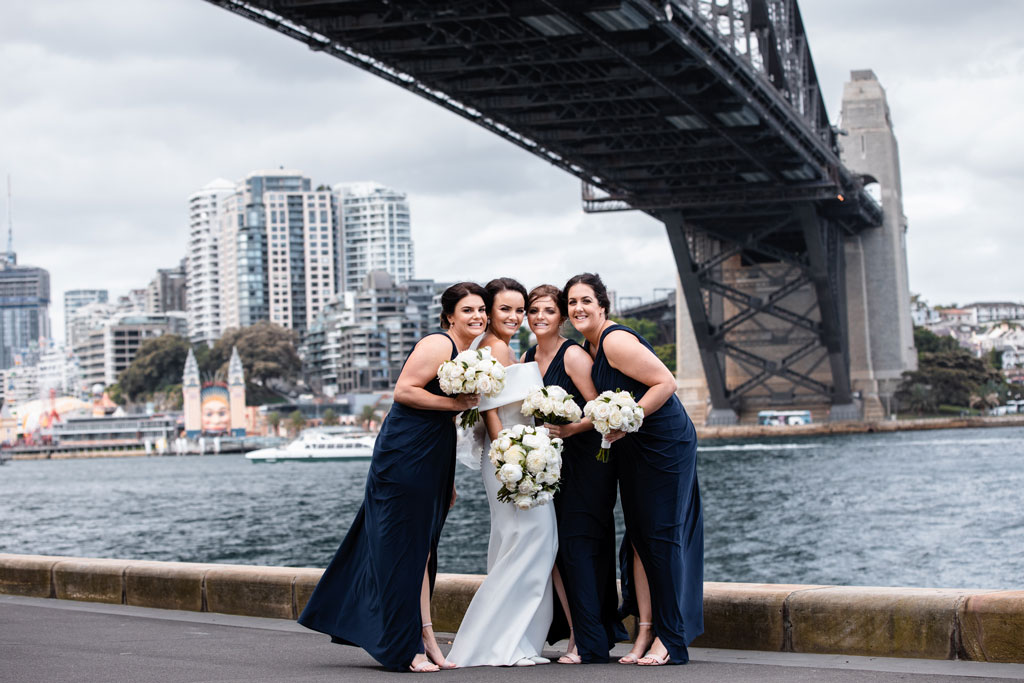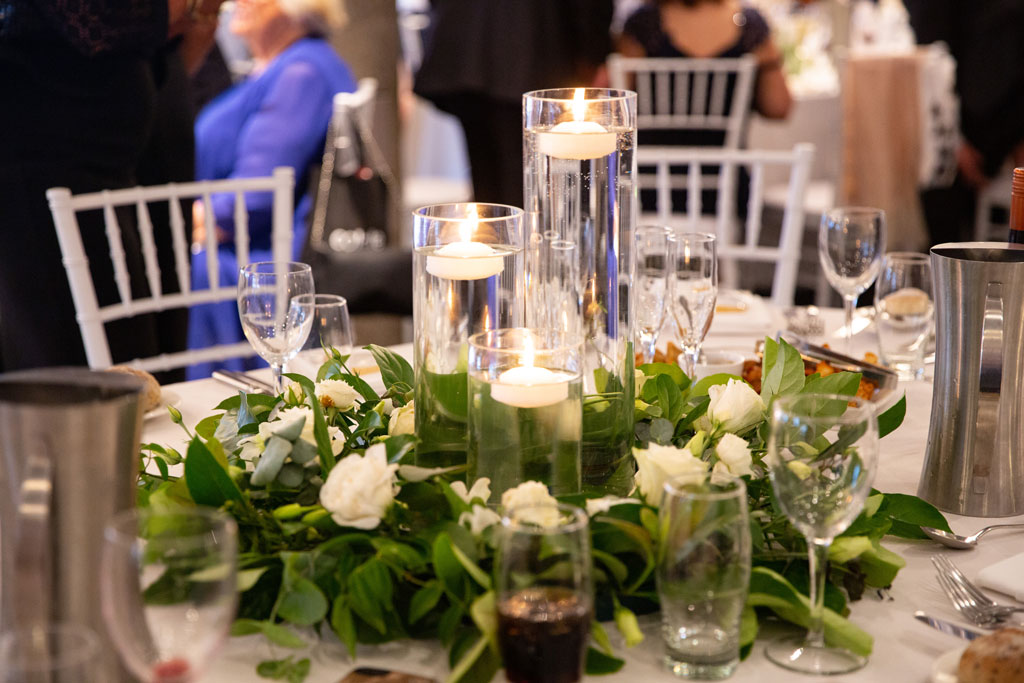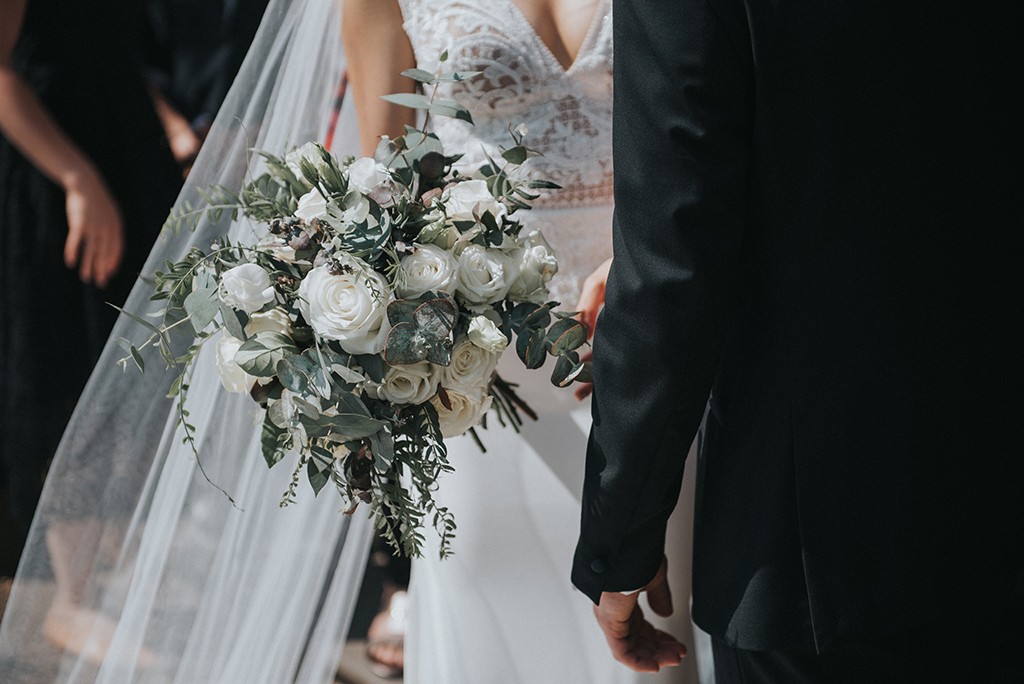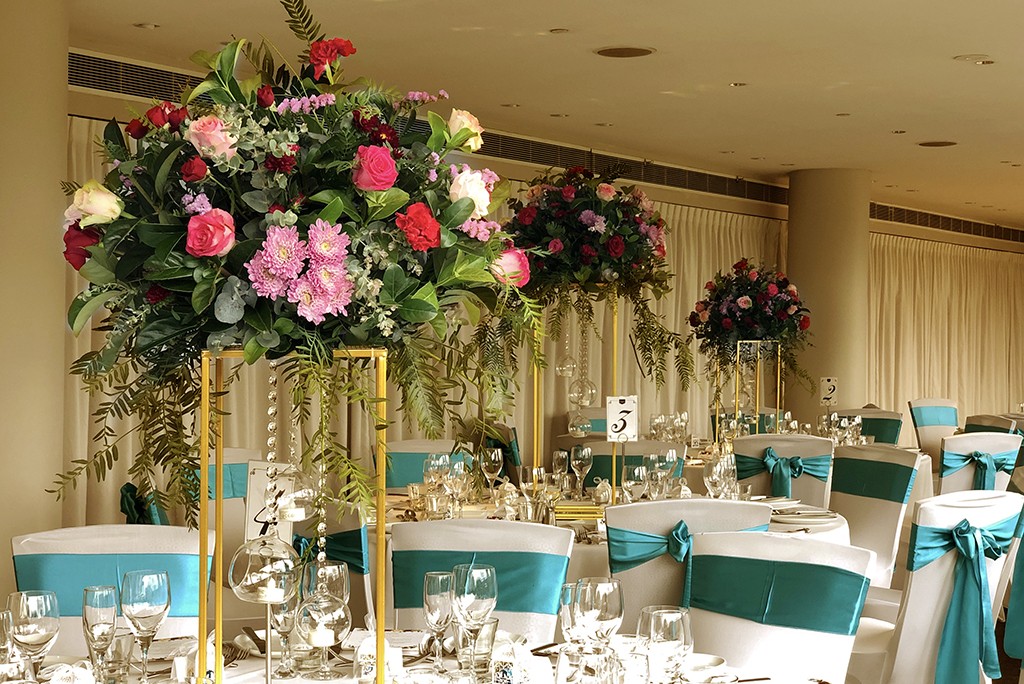
How is Wedding Table Styling Done by Flowers and Styling?
One of the most memorable days in one’s life is their wedding day, a day filled with lots of joy and happiness. Each moment of that particular day is precious for the couple, as it marks a new beginning in their life. Weddings can be tailored to the wishes of

